Firefighters in Massachusetts were able to extract a man trapped in his basement, with the assistance of a thermal imaging camera.
Late last month, the fire service in Brookline was dispatched to a burning two-storey house, where bystanders informed them two people could be still inside. On arrival, it was established that 16-year-old Alexis Wilson had managed to escape the blaze, but her 22-year-old brother was trapped in his bedroom basement.
While the house was fully engulfed at this point, firefighters made the decision to enter the house to rescue Wilson. However, the black smoke was thick, and visibility was close to zero.
Brookline Assistant Fire Chief Dave Flannery explained to the Nashua Telegraph that the thermal imaging camera was essential when they entered the basement.
“I moved some debris out of the way, kicked the door in and proceeded in with the camera. Those things are absolutely priceless. We got in there probably 10 feet in, and all of a sudden, I picked him up on the camera,” he said.
Thermal imaging cameras pick up heat signatures, and body heat shows up as a white silhouette on the view finder.
The ceiling was in danger of collapsing, so firefighters had to concentrate to keep the camera locked on Wilson to extract him quickly.
“We grabbed him by the arms and carried him out, got him outside to fresh air. Shortly after, we saw him gasp for breath. That was just a great feeling to see him actually breathe,” Assistant Fire Chief Flannery said.
Firefighters took Wilson to a waiting ambulance and he was taken to St. Joseph Hospital where he was treated for smoke inhalation.
Thermal cameras for Australian emergency teams
Australian emergency service crews will also get to experience the benefits of thermal imaging cameras thanks to the latest South Australian budget.
The state government announced in late June, that it would allocate $120,000 for the cameras that can detect potential hotspots during hazardous material incidents, building fires and deadly bushfires.
Richard Coombe from the Country Fire Service (CFS) told the ABC that thermal imagers are critical in helping to prevent incidents getting out of hand.
“One of the key things about a thermal imaging camera is that it actually picks up heat,” he said.
“So if you can imagine a bushfire has gone through and we’re actually going through the mop-up, clean-up process, we can actually turn around and target our crews to target the hotspots.”
Contractor use of thermal imaging cameras
While it is highly publicised how beneficial thermal imaging cameras can be for emergency services, the devices also have a variety of applications in a number of industries that need to measure and regulate heat signatures.
In sectors where identifying hot (and cold) spots are crucial for the safety for staff as well as the quality of your product, a thermal imager will be helpful.
Many cameras have been developed especially for heating constructors, service engineers and management specialists who use the imagers in different ways. Applications include detecting heat leakages, visualising overheated connections and even localising cold bridges in factories.
For businesses interested in purchasing this type of device for use in their industry, specialised thermal imagers are available that can assist you to find issues before a malfunction or a fire risk occurs. Having an imager on hand provides peace of mind that you can save energy and money by preventing problems before they become costly.
The testo 870-1 Affordable Thermal Imager, for example, features a large display and wide view finder so identification of hot and cold spots is easily located.
If you require more information about how Thermal Imagers work, then you could also read our handy glossary of common terms.



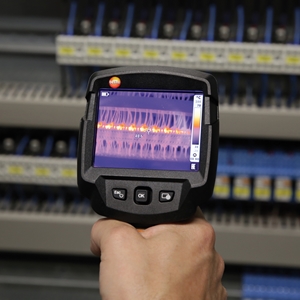
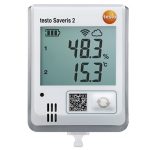
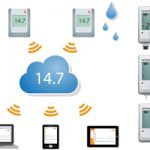
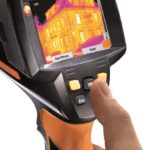
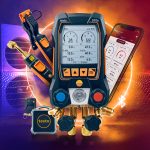

 Reduce cooking oil costs while ensuring quality
Reduce cooking oil costs while ensuring quality Expert knowledge on CO2 monitoring
Expert knowledge on CO2 monitoring Refrigeration knowledge - in 3 modules
Refrigeration knowledge - in 3 modules



